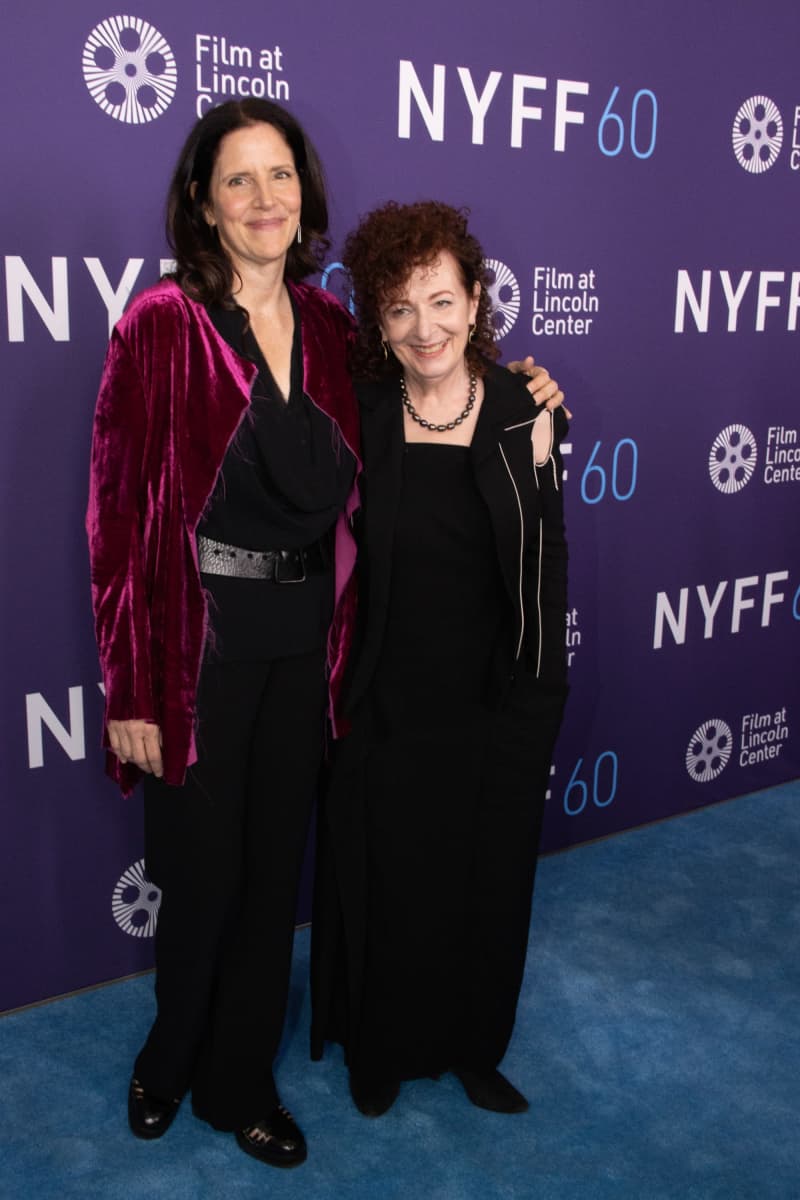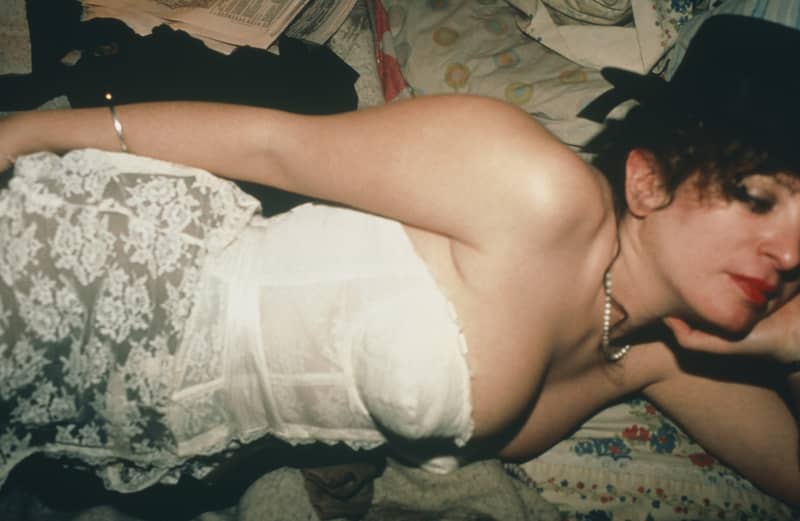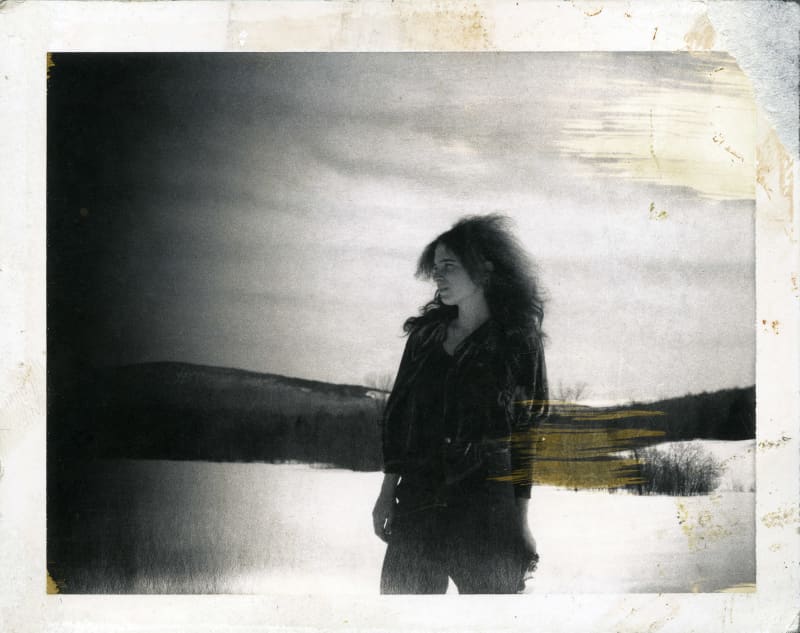
Oscar-winning Poitras’ new documentary follows artist Nan Goldin’s fight against big pharmaceutical companies. All the Beauty and the Bloodshed won the top prize at the Venice Film Festival.
*All the Beauty and the Bloodshed* was shown at the Stockholm Film Festival right after the interview. The Finnish premiere is on February 10, but the film will also be shown in a sold-out screening at the Doc Point festival on Sunday.

In the suite of a Stockholm hotel, 58-year-old Poitras is polite, cheerful and jet-lagged. You wouldn’t guess from the documentary filmmaker that he has been on the US terrorist watch list and under special surveillance by the FBI.
Oscar and Pulitzer winner
Laura Poitras has studied and challenged the administration of her home country throughout her career.
In 2004 and 2005, he made the documentary *My Country, My Country* in the middle of the war in the capital of Iraq, Baghdad. The film received an Oscar nomination. The US government added Poitras to its terrorist watch list.
In the following years, Poitras was subjected to interrogations at the airports of his home country so often that he moved from New York to Berlin for several years.
*Citizenfour* (2014) told about the leaker Edward Snowden, who revealed that the United States had been spying on its own citizens.

Poitras wants the audience to feel involved in the events he describes. If the viewer feels after the Laura Poitras film that everything is fine, something has gone wrong.
– When I made a film about the Iraq war, I wanted it to be more difficult for Americans to continue their normal lives knowing what we are doing to Iraqi society. With *Citizenfour*, I wanted viewers to think about how vulnerable they are when they pick up their phone. I want my films to bleed into the lives of the viewers.
Poitras has received a lot of praise for this work. In 2012, he received the prestigious MacArthur Fellowship award. In 2014, he was awarded the Pulitzer as part of the group of journalists who joined Edward Snowden.
*Citizenfour* was awarded the Oscar for best documentary.
– I’m sure it annoyed the US administration. I’m proud of it.
*All the Beauty and the Bloodshed* is also nominated for an Oscar this year.
\”There had to be street credibility\”
Against the background of Laura Poitras, a documentary about the artist may seem surprising. But *All the Beauty and the Bloodshed* is not just any artist documentary, nor is Nan Gold just any artist.
In the 1970s and 1980s, Goldin photographed the life of LGBTIQ communities on the East Coast of the United States and became one of the key AIDS activists of the era. Stockholm’s Moderna Museet has an extensive Goldin exhibition, which Yle visited in the fall. The exhibition is open until the end of February.
In recent years, Goldin has been fighting the Sackler family, which owns pharmaceutical companies. The Sacklers are widely blamed for the severe opioid epidemic in the United States. The artist himself has suffered from opioid addiction.
The activist organization founded by Goldin in 2017 has demanded that big museums cut ties with the Sacklers, who act as art patrons. They have convinced museums like the Tate Modern and the Guggenheim to turn down the Sacklers’ millions.
Goldin asked Poitras to document this work. He knew Poitras as an iron-clad documentarian who can deal with big and difficult subjects.
– Nan is quite an impressive character, so I had to have street credibility, says Poitras.

An intimate and sad story
Laura Poitras had become familiar with Goldin’s photographs at film school in the 1980s.
– His art was revolutionary. That influenced my work, although his works are personal and intimate, while mine are perhaps more political.
On the other hand, Poitras and Goldin both combine the personal with the political in their work.
In the photo series *The Ballad of Sexual Dependency*, Goldin deals with intimate partner violence through his own relationship, and the photos of friends suffering from AIDS are also political statements. In the fight against the Sackler family, Goldin has drawn on his own experiences.
And Poitras’ films are also personal – or at least human-centered.
– It’s true, they have clear protagonists. I was with Edward Snowden in a hotel room – of course it’s intimate.

*All the Beauty and the Bloodshed* tells the story of how Goldin became an artist and activist alongside the Sackler plot. The story is inspiring and sad at the same time.
Poitras estimates that he interviewed Goldin for the documentary more than 20 times. The interviews were recorded, but not filmed.
– It enabled the conversations to be intimate, which would not have been possible if we had had a camera and lights.
Documentaries take up the space left by journalists
For Poitras, it is important to emphasize that *All the Beauty and the Bloodshed* is a portrait, not a biography.
– Biographies often reduce the story to an individual focus in a way that doesn’t interest me. They often lack historical context.
Poitras is of the opinion that documentarians in the United States have filled the void created by the media transition. When TV news in particular has become more entertaining, hard investigative journalism has been left out.
Documentaries must follow the same ethical guidelines as journalists, says Poitras, but it is not about pure journalism. He compares the genre to long-form non-fiction.
– Movies have to take time, so they have to tell stories that resonate with people for a longer time.

The best documentary of the year
*All the Beauty and the Bloodshed* won the main prize at the Venice Film Festival in September 2022. Since then, the film has toured the world with praise. Among others, The New York Times and the film magazine Sight
It is possible that Poitras will win his second Oscar for the documentary.
The director hopes that the documentary will alleviate the stigma associated with drug addiction. He would also like criminal convictions for the Sackler family.
He doesn’t care if the family shows remorse.
– They knew that people were dying, and that people were being prescribed too much medicine. Still, they decided to sell their medicine even more.

Intimidation is also encouraging
There have been attempts to silence activists fighting the Sacklers. The lawyer of the group founded by Nan Goldin was threatened with a letter. One activist was watched and photographed outside his home.
In her work, Laura Poitras has fought against big forces in truly dangerous places. For most of his career, he has experienced his home country spying on him.
Does Poitras ever scare you?
– Of course it’s scary if a stranger takes pictures of you. But it is specifically intended as an intimidation that would silence us. So I think that’s encouraging as well.
And he was afraid. While interviewing Snowden in Hong Kong, he was terrified that he would never be able to return to his home country – or that something \”even worse\” would happen.
It’s hard to trust people these days.
– I am often on my guard because I know that the US government knows how to infiltrate places and make use of informants. I have a pretty good informant filter in my brain.
